Dear Parents,
This New Year, your children have been exercising all of their senses to learn about their surroundings and the world around them. We’ve been introducing new hands-on material that challenges each child to isolate their senses, solve new puzzles, and learn new vocabulary. While we also spend a good amount of time on academics, we continue to give lessons on grace and courtesy as well. It’s important to us that our children practice thoughtfulness, consideration, empathy, and inner peace. When everyone is in tune with their surroundings, our students experience an enjoyable, productive, and peaceful environment. We are very proud of the way our young students of various ages are learning to help one another and respect each person as unique and creative individuals.
Social/Emotional Growth: Understanding One Another
Given that we have a class of 3 through 5 year olds, we are frequently checking in with the students, reminding them that we are all at different levels of learning. Our older students who have been in this studio for 2 to 3 years especially have a good understanding of the fact that our younger friends are still learning to use their words, they have a lot of lessons to go with handling much of the material in the classroom, and each individual is working on their own challenges. Sometimes we have little “meetings” with our older students off to the side, reminding them that we need their help to make our first-year students feel comfortable and welcome, and to also be patient with them as they are learning to find their words, they need help and reminders about the ground rules, etc. We have small group discussions with our youngest students to give them advice on how to be patient with each other, offering opportunities to practice grace and courtesy. We practice through role-play by making suggested responses to scenarios that we see on a regular basis. It is important for us to check in with our students throughout the day to assure that they are being kind to one another by listening to each other and working together. If we notice some children working through a conflict, we tune in to see if they could use any encouragement from us to keep a conversation going as they find their gentle words to resolve the situation and end on a peaceful note.
Our Tone of Voice, Body Language & Choice of Words
One role-play topic that we often talk about is how we can get different responses from people in our tone of voice and choice of words. Back in the two’s class, students learned simple phrases to get what they wanted or to make a direct point, along with some additional support by the teachers to redirect children. However, in our classroom, we need to offer more words and more consideration in our tone as our students are building more empathy and a need to express themselves on a deeper level. For example, many of our students know that if we make an abrupt statement to a peer such as, “I don’t want to work with you right now” during the work cycle, this is going to sound very hurtful to whomever is asking to work with them. In fact, on occasion we have seen children cry over this statement! This topic comes up a lot since it’s a common situation that kids find themselves in during the work cycle. We talk about why this statement sounds hurtful, and we give examples of how our tone and choice of words can sound much kinder if we are more considerate. I like to point out to them something along these lines: “how special that someone wanted to work alongside you just to spend time with you, and while it’s perfectly okay to work alone, perhaps you could offer your peer some hope and peace by saying, ‘I really want to finish this work on my own aright now, but maybe we can have snack together later’ or ‘I will come and find you when I’m finished working on my own and we can pick a work out together,'” and so forth. We also talk about body language and how the way we use our hands and arms can also be read as rude or welcoming, etc. During role-play, I might make a pouty face, cross my arms and blurt out a rude statement just to get a reaction from the kids. Then I simply ask, “how would that make you feel if your friend did that to you after you asked to sit with them?” I always get some quick responses on how badly that would make them feel. I also might show some stock photography of other children with different expressions, adding a storyline to the image, and then asking my students to offer their input on the scenario. In addition, I ask for some volunteers to join in on the role-playing to give them a chance to practice on their own. Our students love these discussions and they often have some thoughtful approaches of their own on better handling conflicting situations. I believe that talking about these topics in advance has prevented many, many meltdowns in our classroom!
Language
At this time of year, our “senior students” are especially practicing tracing, writing, retaining their knowledge of beginning sounds, and word building. We meet with all students who are planning to “graduate” this year in a small group and go over language lessons several times a week. Some of our oldest students are reading beginner reader children’s books on their own, with a friend, or to each other. We don’t expect them to figure out word for word, but they often surprise us. It’s an ongoing process to begin learning all of the different letter sound variations. While we’re still working closely with our oldest students to give them the best head start we can offer, we are very proud of how much they have accomplished over the years with us in the Primary Studio. We feel confident that they are super prepared for their journey onto the next school.
Our first and second year students are always being exposed to language material, they have heard the common letter sounds of the alphabet at circle times over and over again, and they are practicing some fundamental material that also teaches vocabulary words of the common letter sounds. Some are into tracing a little sooner than others, some are sitting in on older group lessons on occasion, some are more interested in math or science, and some are just happy trying a little bit of everything – I mention this because there is no right or wrong as to which order your child is learning the material in our classroom. We do not want to push them or stress them out when there is no need to do so. The Montessori method offers opportunities for growth along the way that naturally draw our students to more language material when the time is right. We want them to have enjoyable experiences trying a little bit of everything, whether the concept registers or not, as this experience will better equip them for the day we start asking them to start focusing more in certain areas.
 During work cycles, we check in with our students and offer brief hands-on small group lessons on Montessori material. We like to use the wooden alphabet and imagery to introduce beginning sounds and word building.
During work cycles, we check in with our students and offer brief hands-on small group lessons on Montessori material. We like to use the wooden alphabet and imagery to introduce beginning sounds and word building.
Below are some examples of different ways that our students of various ages practice language material in our studio.


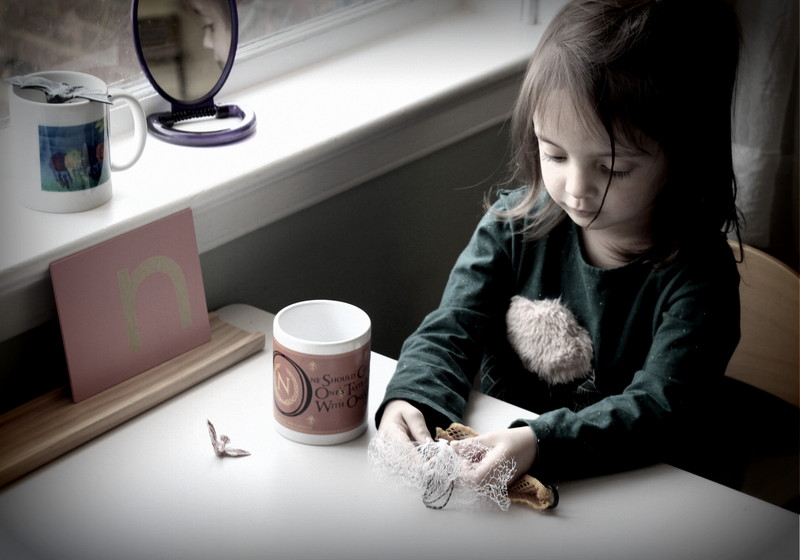

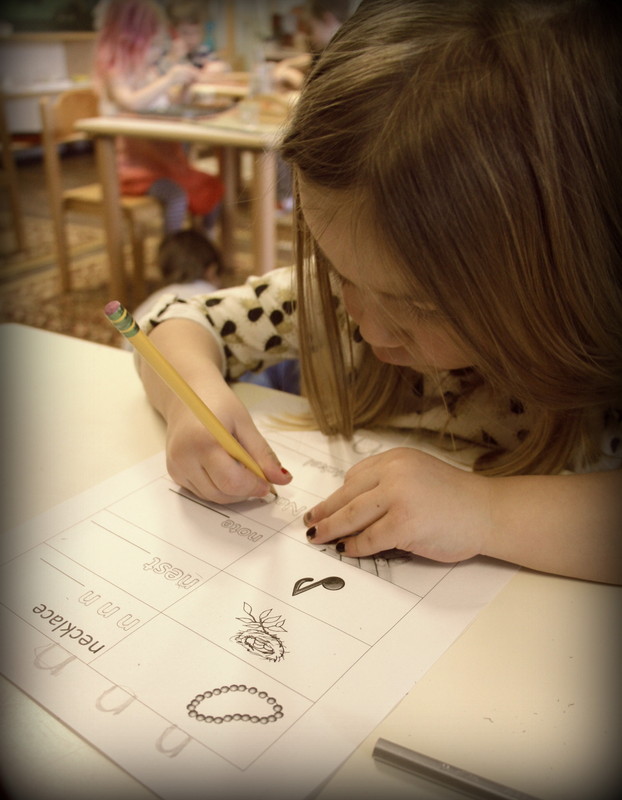

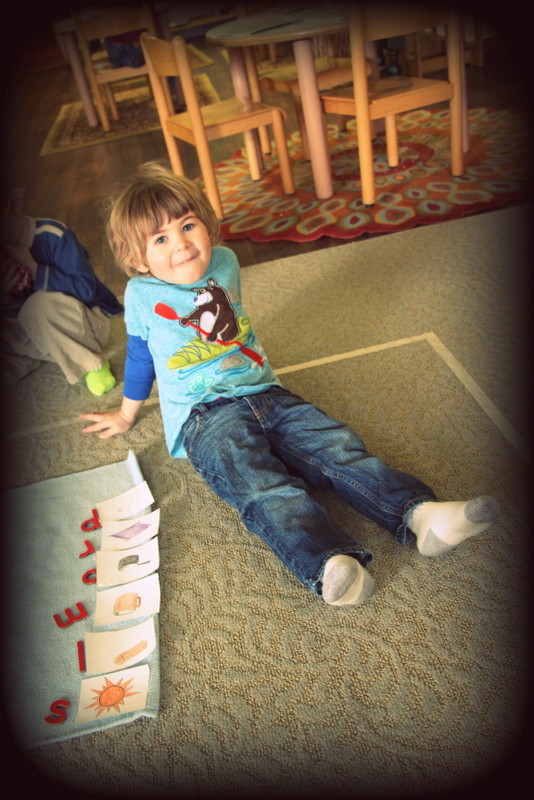








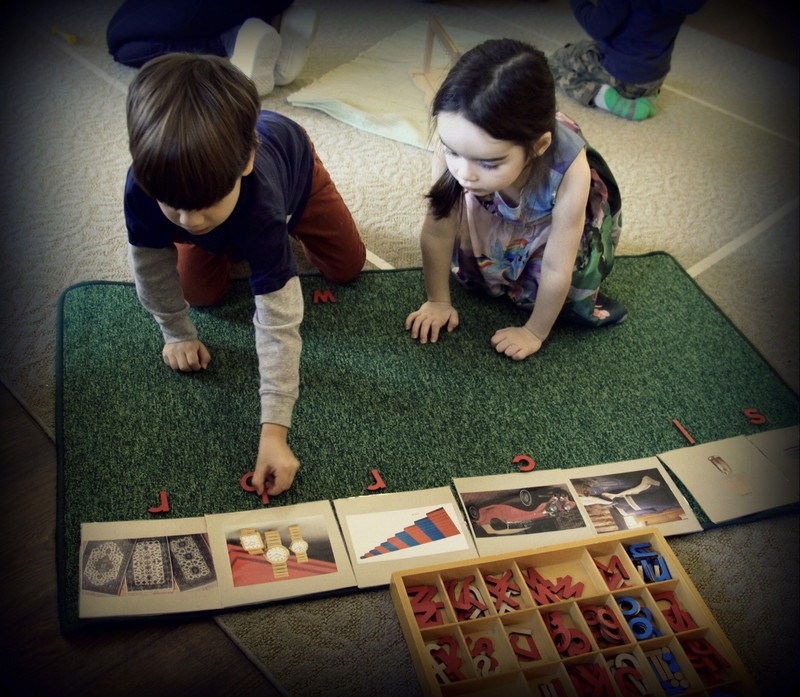




Indigo-Made Activity Pages
As many of you know, I like to add my own personal touch to letter tracing and word building by drawing up my own ideas, and this year I have come up with some fun tricks for children to better remember some beginning letter sounds and to practice writing their letters. This is especially for 2nd and 3rd year students who have a good understanding of the concept of letter sounds, so you may start seeing this material coming home with your child. Please review these pages with your child to help them retain these letter sounds as we get into word building.


And yes, sometimes our younger students might want to join in on the fun, which they are perfectly welcome, but in general we have a lot of other hands-on activities that they can practice before they show the ability to start tracing.
The importance of practical life material as a prerequisite for tracing. Tracing should be fun, not a struggle; it should never be forced, which could lead to a negative experience that may mentally harm your child when it’s time to actually start the process. We have all sorts of prerequisites to work on beforehand to prevent children from being discouraged with tracing. It is important for them to handle our tiny objects such as nails, pins, needles, and various utensils that help them to exercise fine motor skills within the tips of their fingers. They will have better coordination when it comes to tracing if they spend a significant amount of time handling our material first, in the manner we show them, and I stand strong to this statement as I have seen it with my own eyes over the past 8 years of teaching at Indigo. Prior to working in Montessori, some of you know that I was in the public elementary schools were I was helping many students who were struggling with their writing skills. If they had only gone to Montessori School or some project based hands-on type of school, writing wouldn’t be so tedious! By the 2nd or 3rd year in our studio, our students start showing interest and an ability to hold their pencil in the pincer grip as they have gained fine motor control through the practice of carefully handling our tiny objects promoting a natural pincer grip in the fingers. I find that in general, our students are holding a pencil without a struggle much earlier than children in traditional schools.
Below: Our students have ongoing lessons in our practical life area as we change out the material on a biweekly basis to draw in their interest, keep them challenged, and to exercise those fine motor skills.
Math: 2D Geometric Shapes
At this point, your children all recognize their basic shapes, so now it’s time we can step up the math. We get the ruler out to draw shapes, measure them, and talk about the angles (or lack of angles). We’ve discussed about what would happen if we were to keep drawing the parallel lines of a parallelogram (as the points never meet), but if we continued to draw the angled lines of a trapezoid, the lines will intersect and take the shape of a triangle, and so forth. Our material is packed with vocabulary words to help expand your child’s ability to describe the world around them. The recent work introduced below has a variety of images found in real life to match with the shapes that we have been learning about. We encourage our students to work with each other and to talk about the objects with some of our new description words.
And of course, we continue to learn about our geometric solids and how 2D material can become 3D…
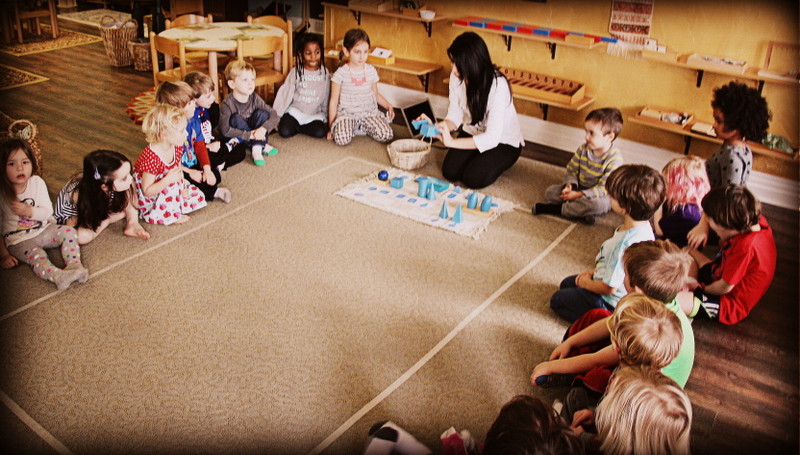 As many of you know, we have a variety of shapes and geometric solids throughout our sensorial area. Children love to work together and teach each other about shapes, grading our geometric solids, building little structures, and so on.
As many of you know, we have a variety of shapes and geometric solids throughout our sensorial area. Children love to work together and teach each other about shapes, grading our geometric solids, building little structures, and so on.
Geography: Montessori Puzzle Maps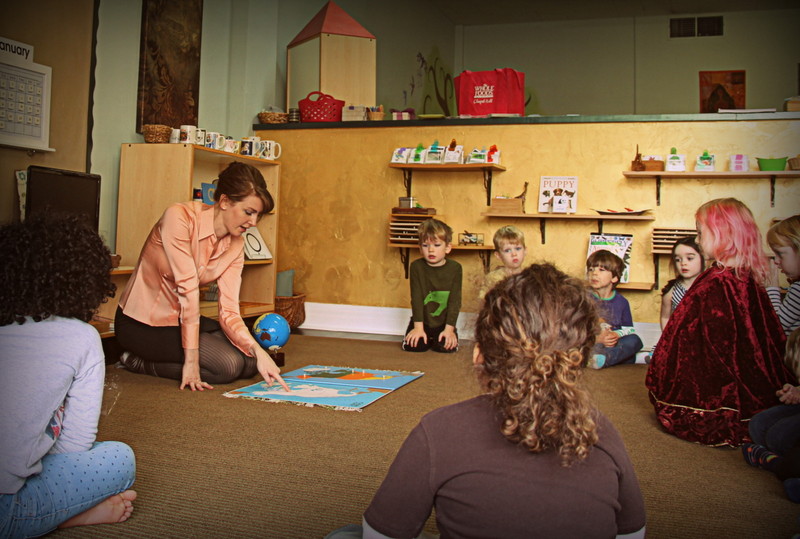
We recently replaced our old Montessori Puzzle map set of the world, which was purchased for the school at least 10 years ago, with a brand new set. This is a very exciting addition to our geography section and for many of our students who were familiar with the old maps. The old maps had a good run and they were built with great quality to last so long. So many children made good use out of them over the years, and frankly, they’re still in decent condition, but we felt that it was time to brighten up this area with the latest laser cut maps, including thin puzzle pieces that facilitate for easy tracing. Control charts are included, which are the same size of the puzzle pieces so that our students can learn to rebuild parts of the world on the chart.
Just as we have a color coded system in our math area for learning numbers, we also have a color coded system with our geography maps. Students quickly recognize the colors and names of our continents, and then as we zoom into the world, more colors break down the continents as we teach our students about countries and states. These maps help our students to have a better grasp of different types of maps and a better understanding of the size of the earth.
Caring for Babies: Visiting the Infant Room
Our students are now welcome to periodically visit the infant room and help out Miss Luisa and Miss Alex to feed, soothe, and entertain the babies. All students are welcome, and they are gradually making their rounds during the work cycles.
Popular Works
Interior Design & Decor
Interior design and decorating play a huge role in the world around us, and while we are always talking about creating beauty in the Primary Studio, our students are learning about different ways to create balance within the home. We’ve had lessons with our wooden dollhouse material on techniques for designing a living room, bedroom, dining room, and bathroom so far. Our students are thinking about what makes a space comfortable to them as they arrange rooms with their own personal style. Everyone is having fun thinking out of the box, and we have had some very creative and unique designs made by our little ones.
Isolating the Senses
The sense of smell. We have been talking about how our senses work, how they protect us, how they are important in our every day lives, and so forth. The sense of smell has been a recent topic as we have been describing the various scents offered in our new sorting work. This material has two sets of miscellaneous scents that can be matched up by using the sense of smell.
The sense of taste. Believe it or not, your kids enjoy learning about fruits and veggies! While we’ve been discussing the differences between fruits and vegetables, we have also been talking about the unique tastes of these foods. Our students love to pretend to grocery shop with this food, sort the fruits and veggies, and talk with their peers about what the food might taste like…
Celebrations of Lives
We continue to celebrate each child’s life, one at a time, by offering a special day where you, the parents, share with us their life’s journey up to their current age. Thank you to everyone who has already participated, and I will be in touch soon with the rest of you. We try to spread them out throughout the year so that we don’t have too many in a row as we don’t want to lose the momentum or interest, so thank you for your patience!
More Visitors
We love having our old friends come back for a day and visit when they get a chance. Luke graduated from our studio last year. He now attends E.K. Powe and he loves it! Great to see you again, Luke!
Photos of Lessons & Work Cycles
This blog would just keep on going if I mentioned every detail of every lesson that we teach, so hopefully these photos can get to the point to show how productive we are in the Primary Studio. And I’m sorry if I sound like a broken record for saying so, but please share the photos of the blog with your children to get them talking about their days at school. Enjoy a thoughtful conversation with your little ones by asking what details they can tell you about the different works and material that they see in the images.
Thanks as always for taking the time to learn about what we have been up to in the Primary Studio. If you have a chance, lease leave a comment to let me know you dropped in. It’s good to hear from you and to know that the blog is getting some use. Have a good one!

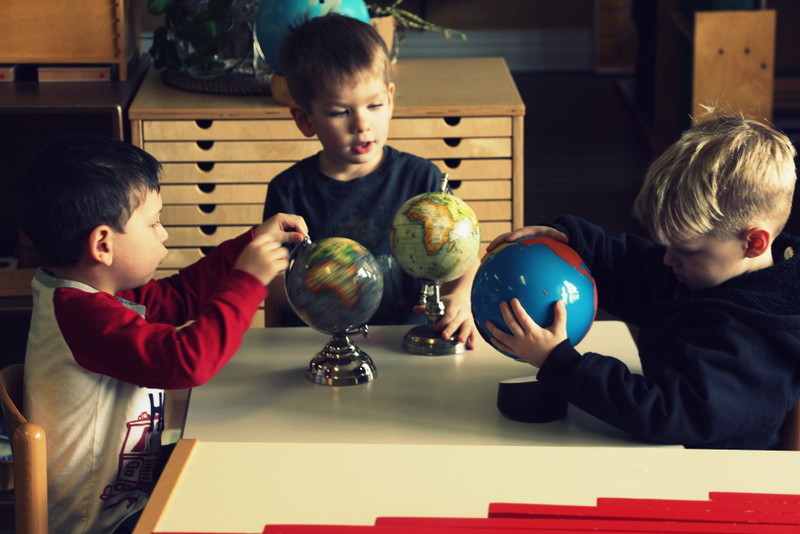
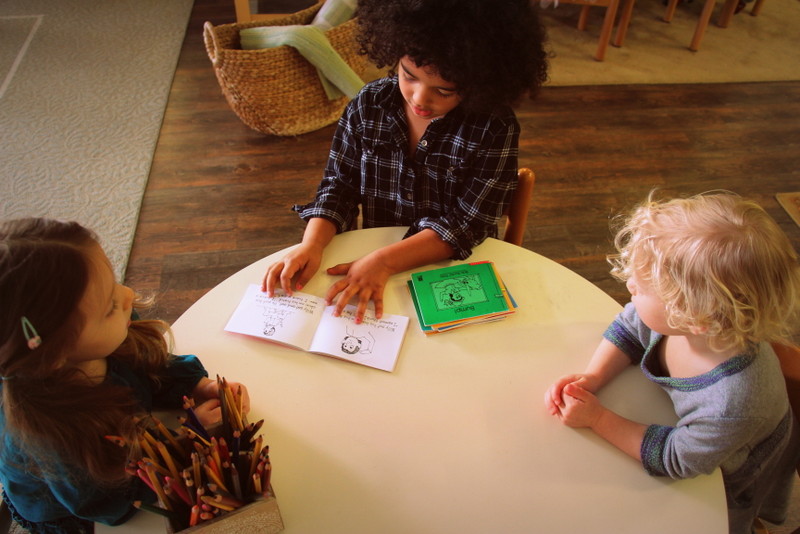



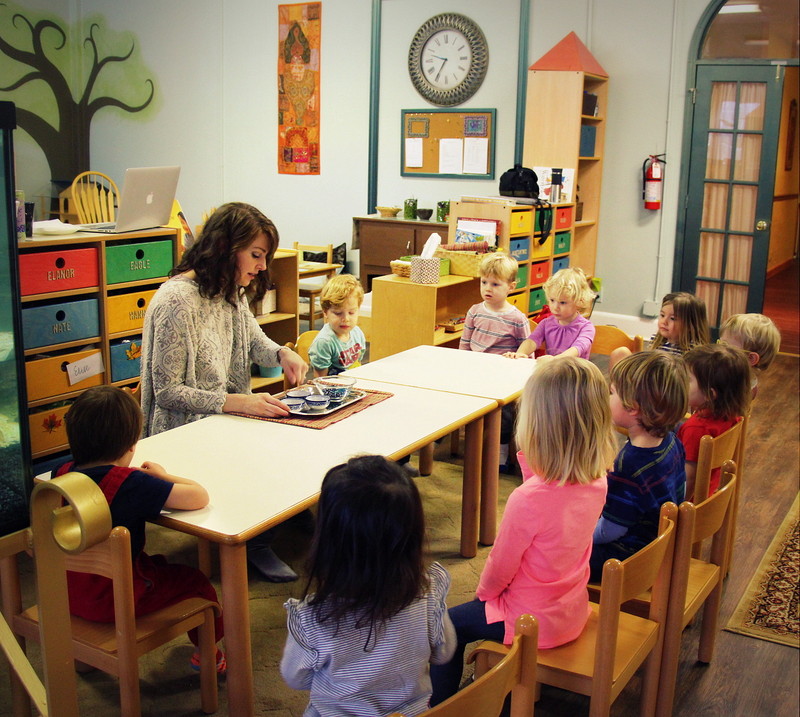









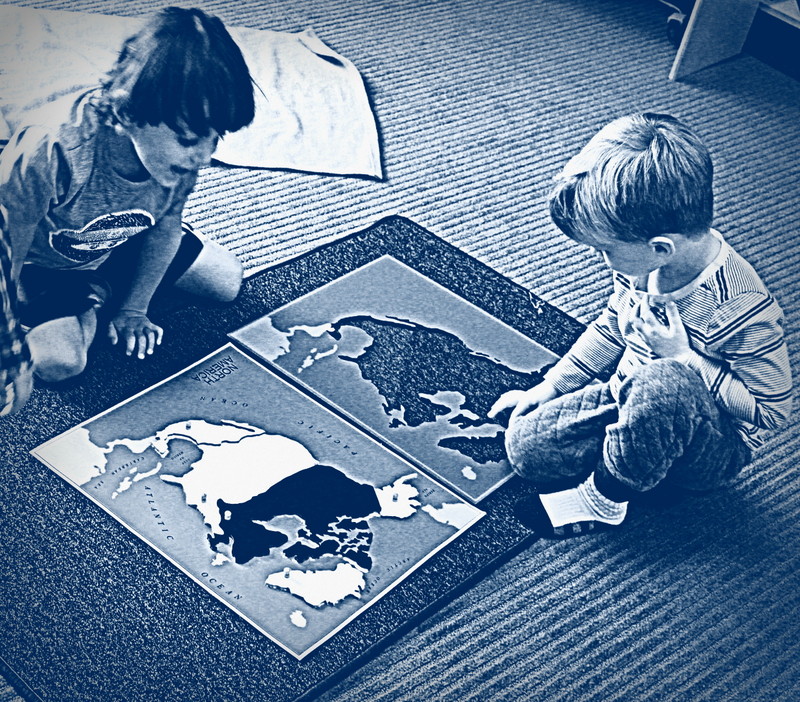


























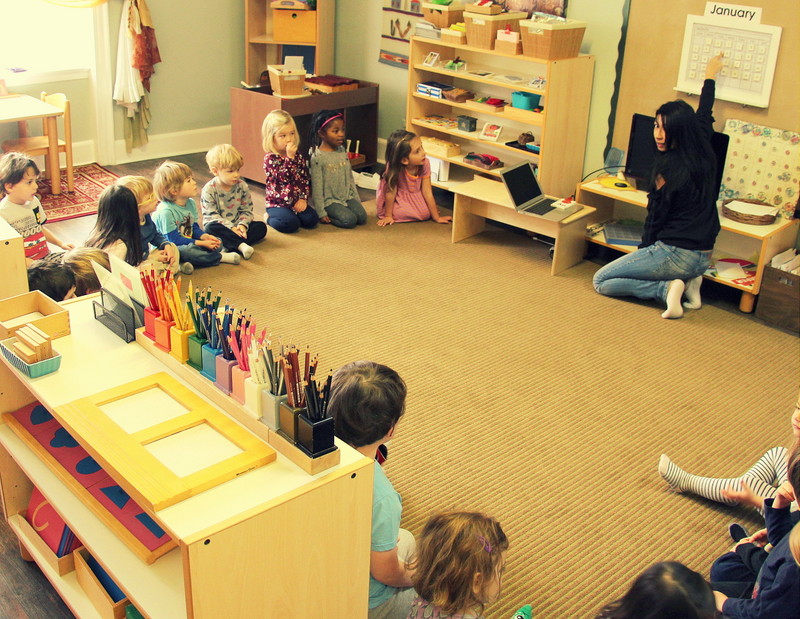
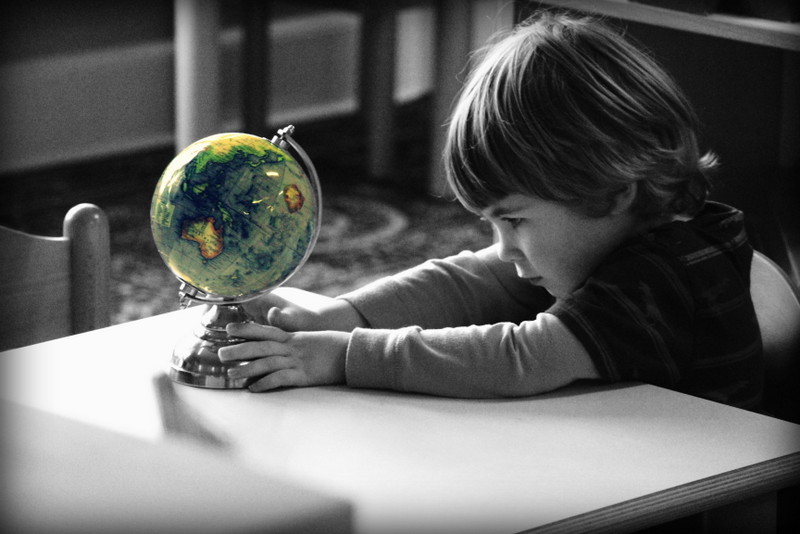
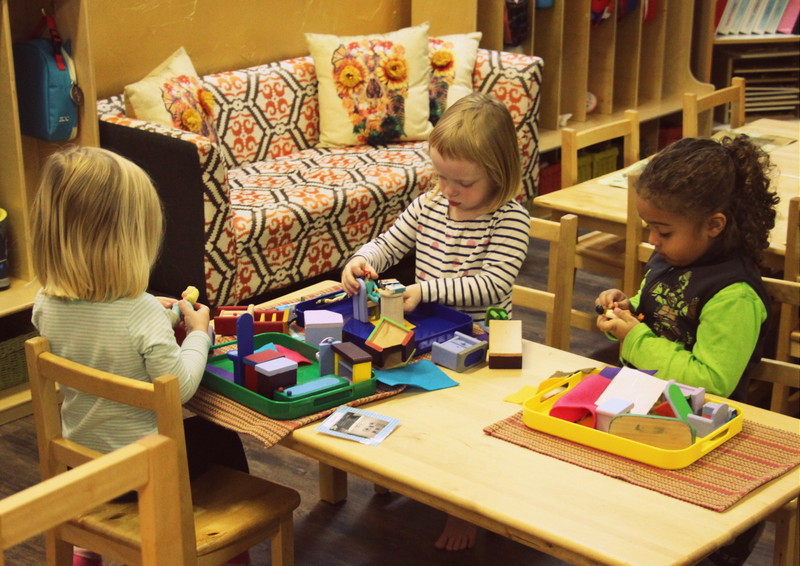
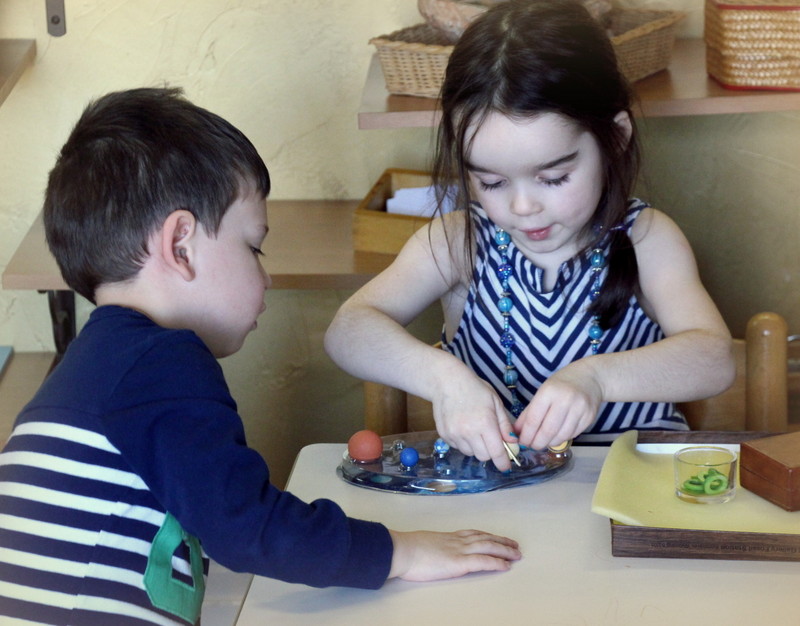



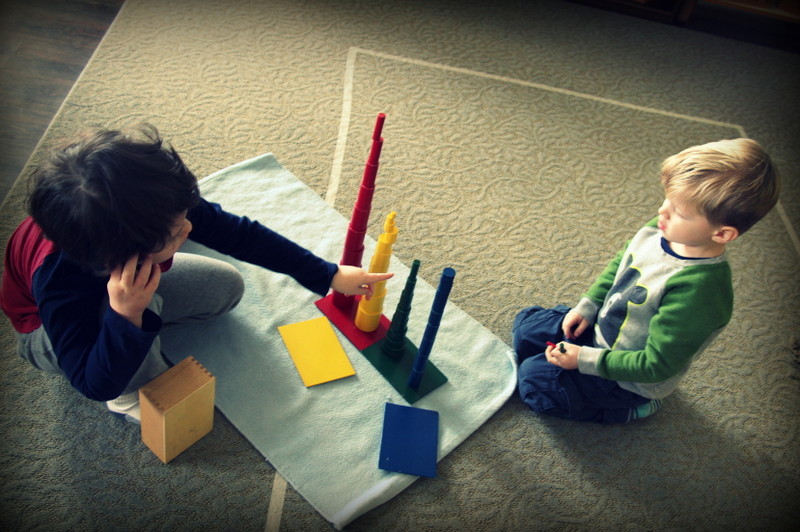








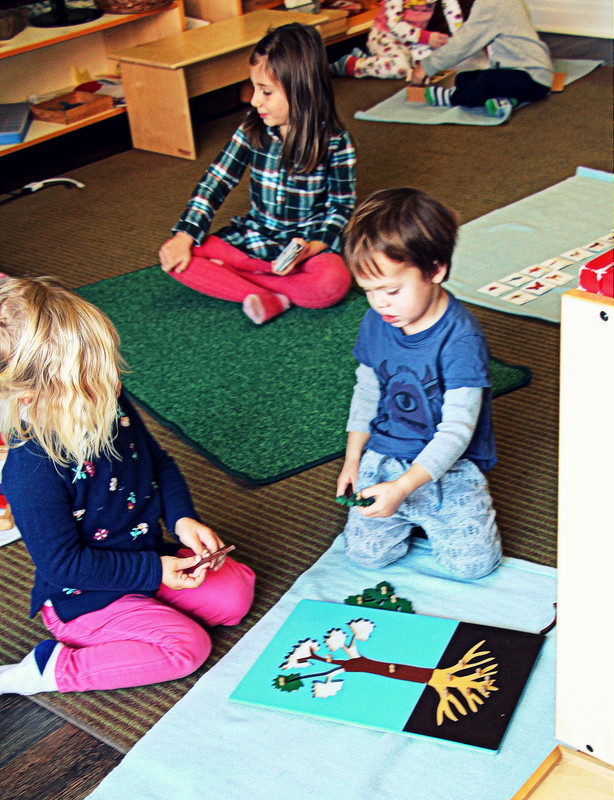













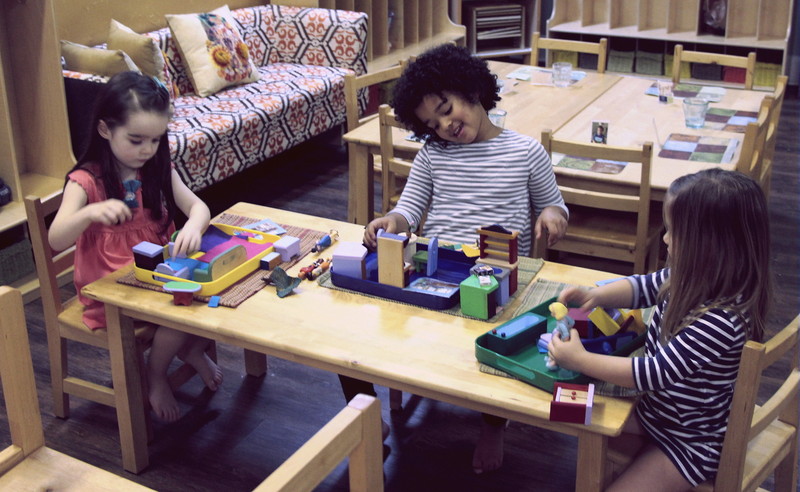



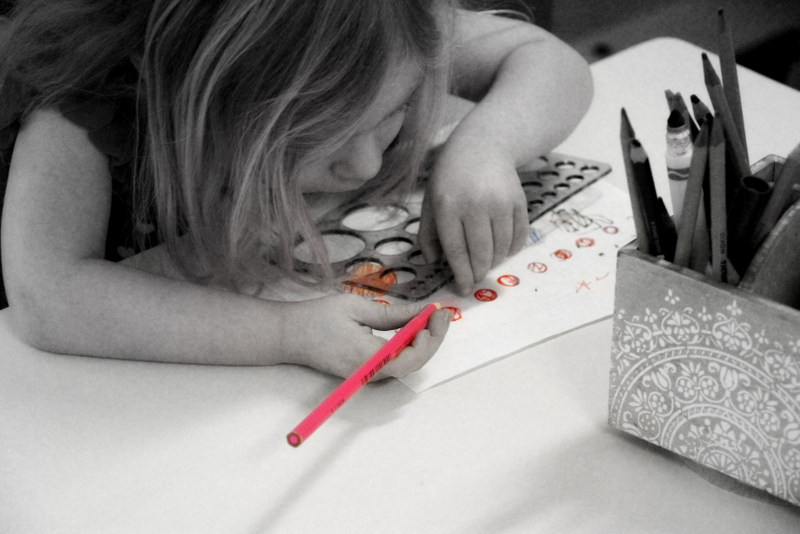






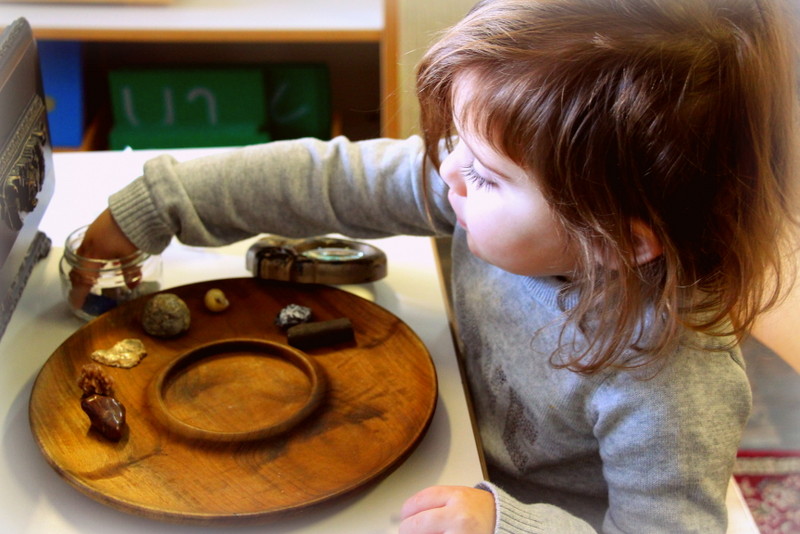









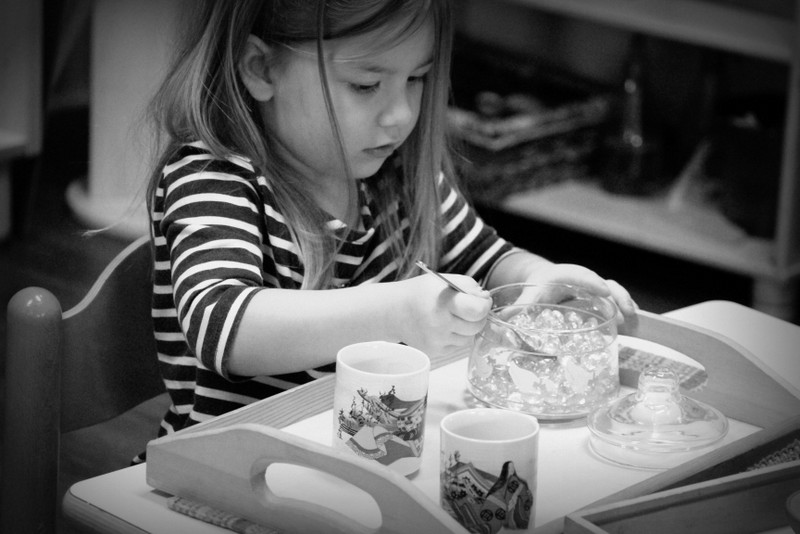






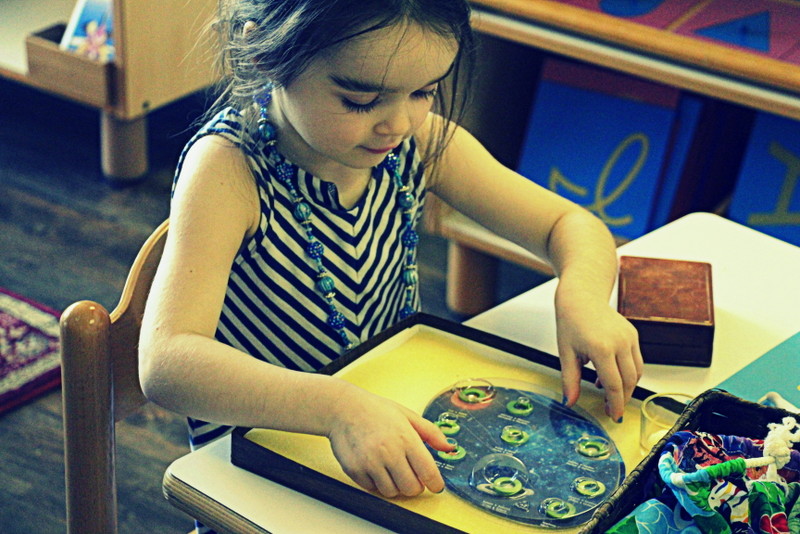




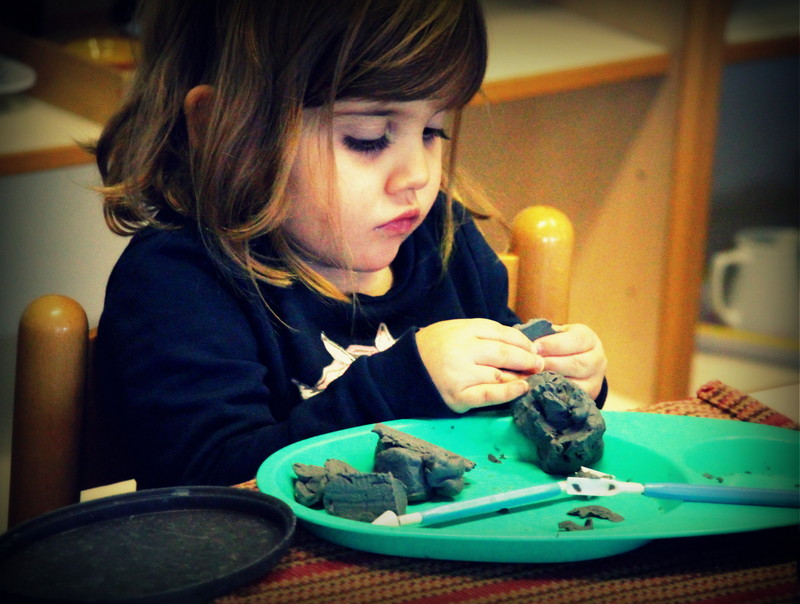

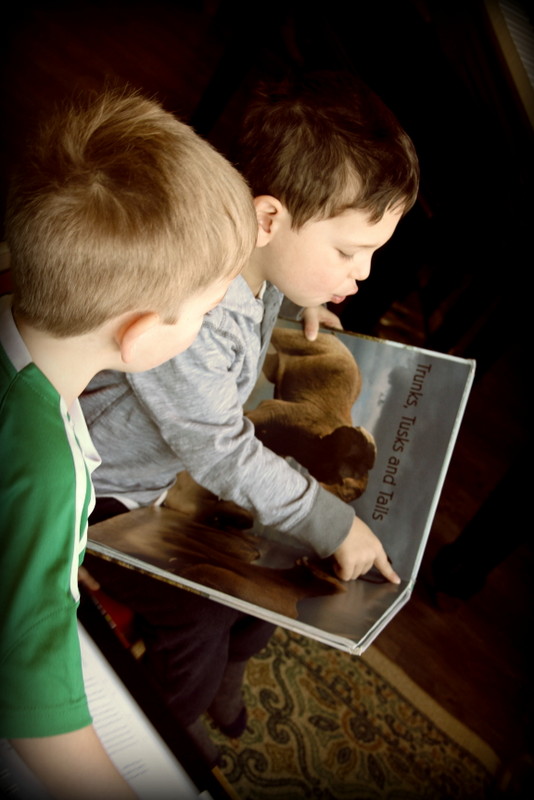
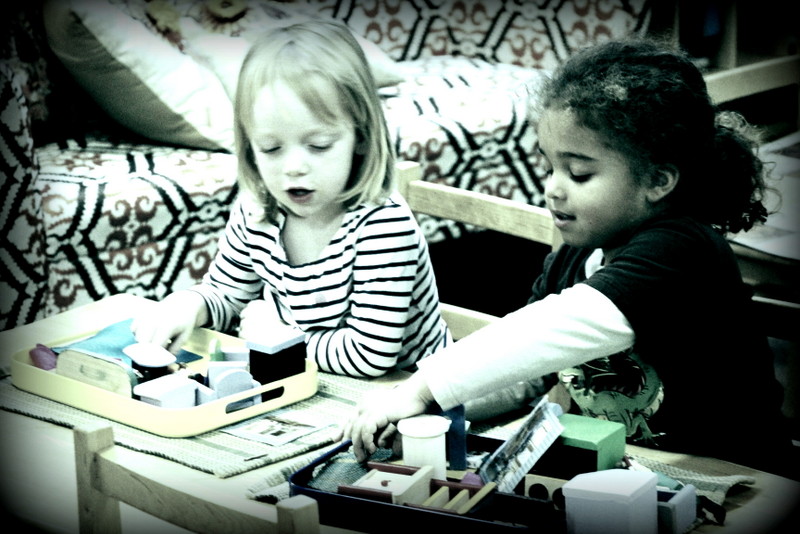







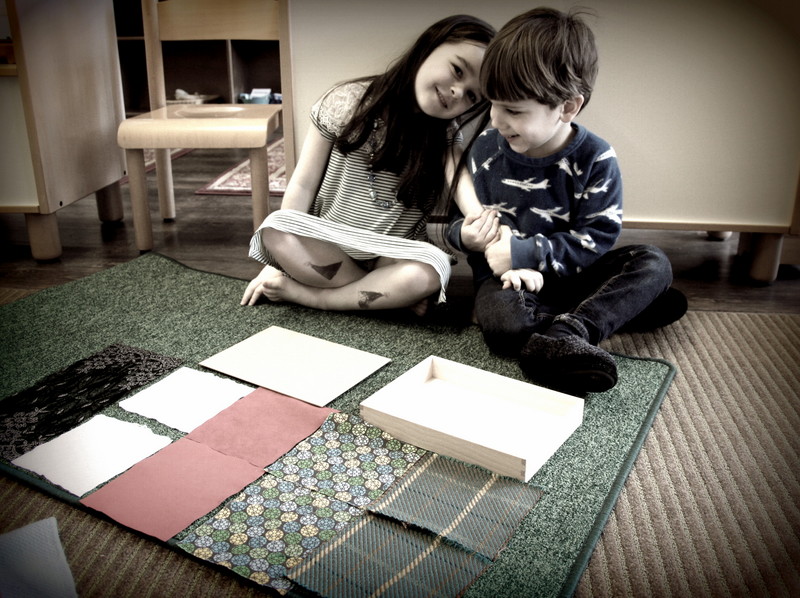


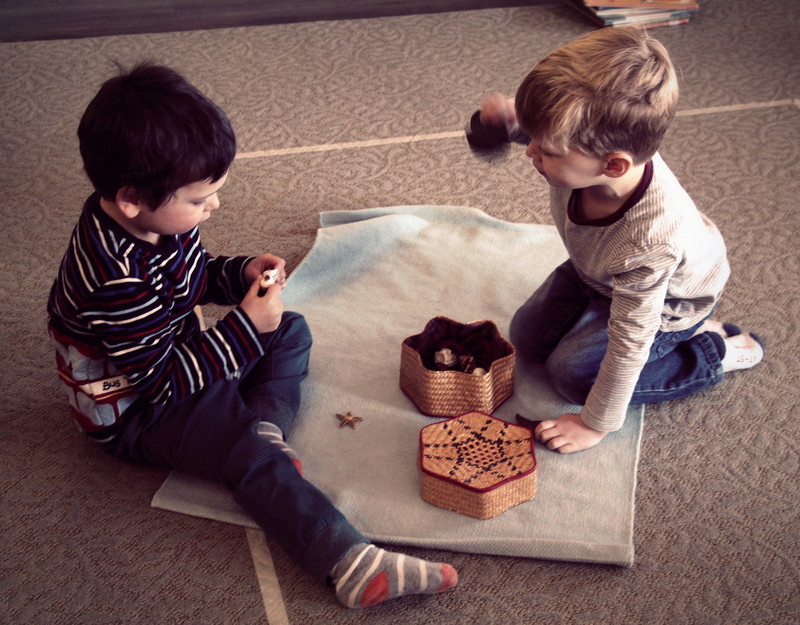




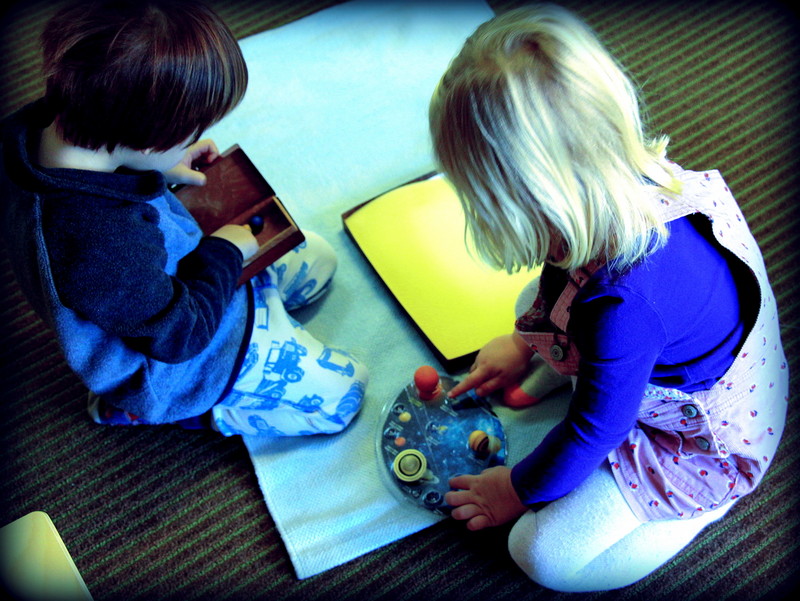

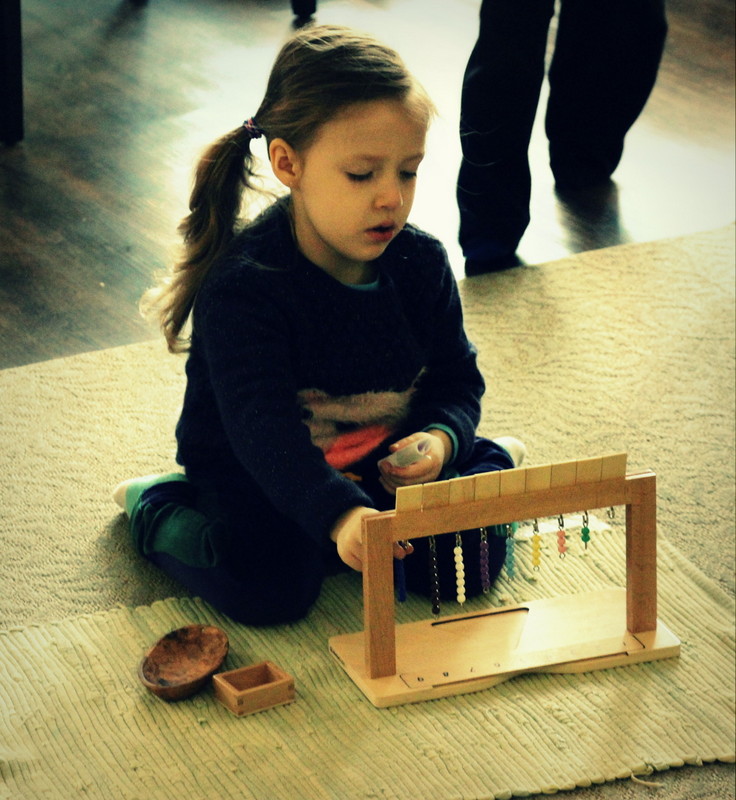


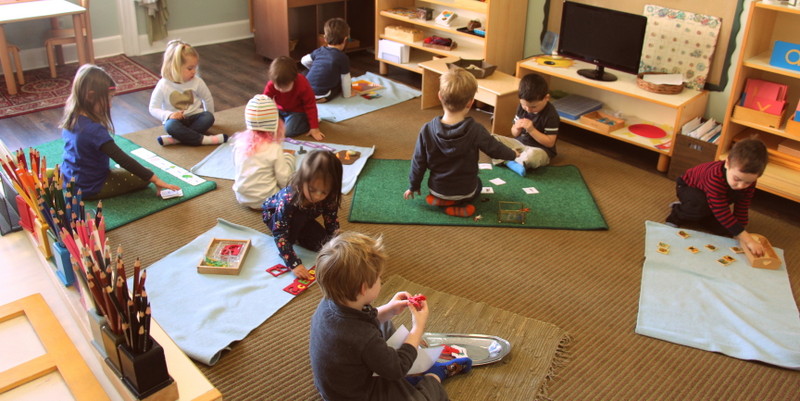











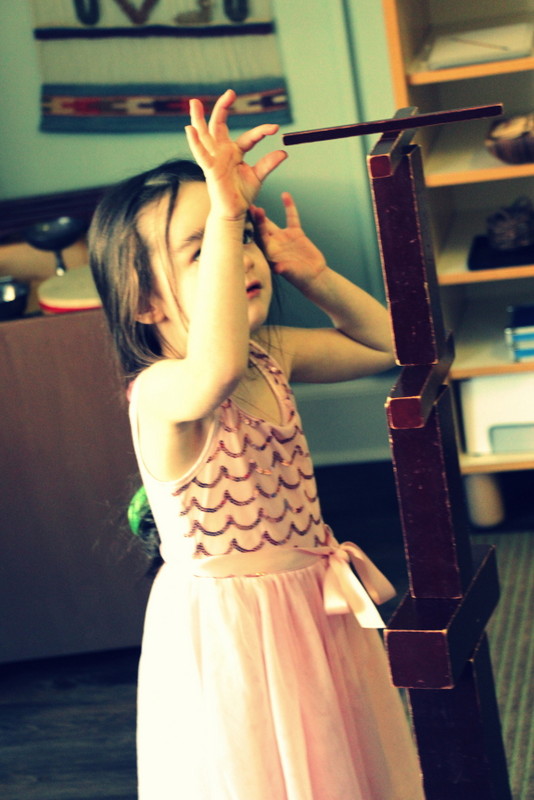



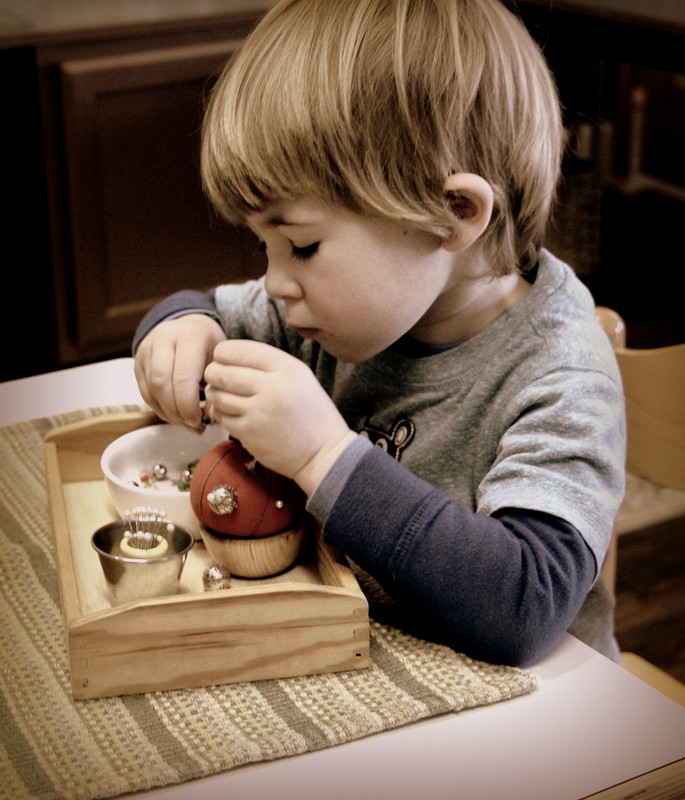

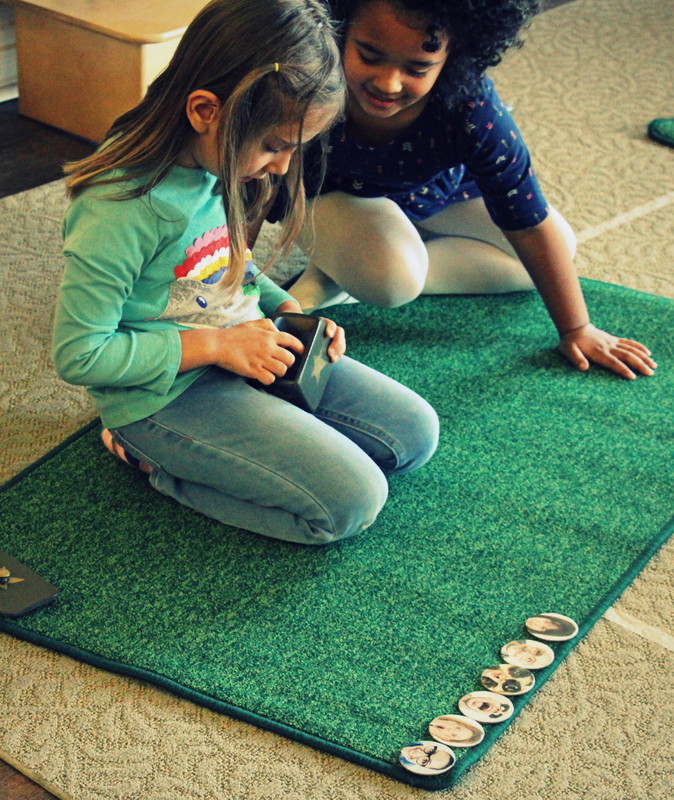


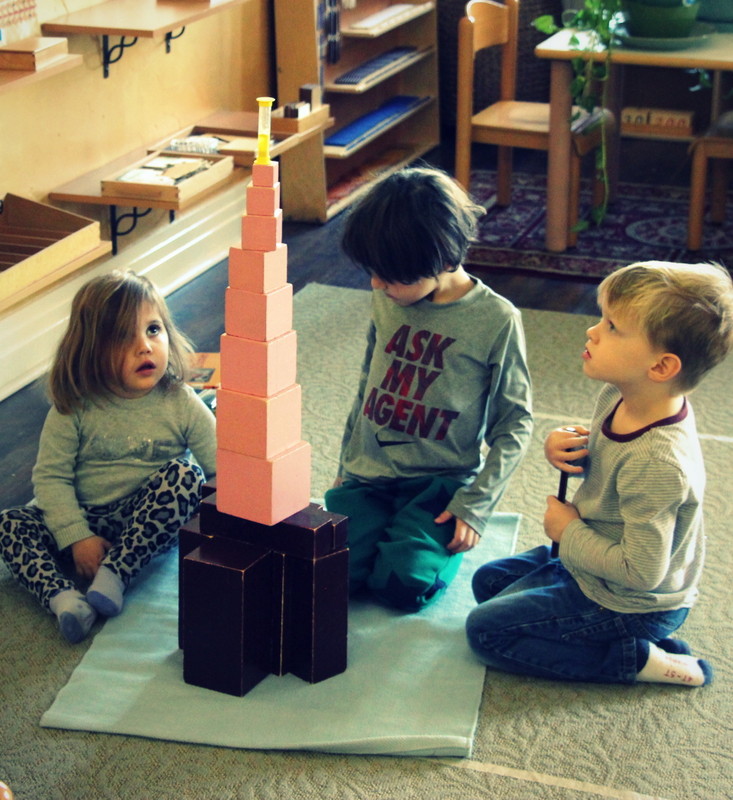






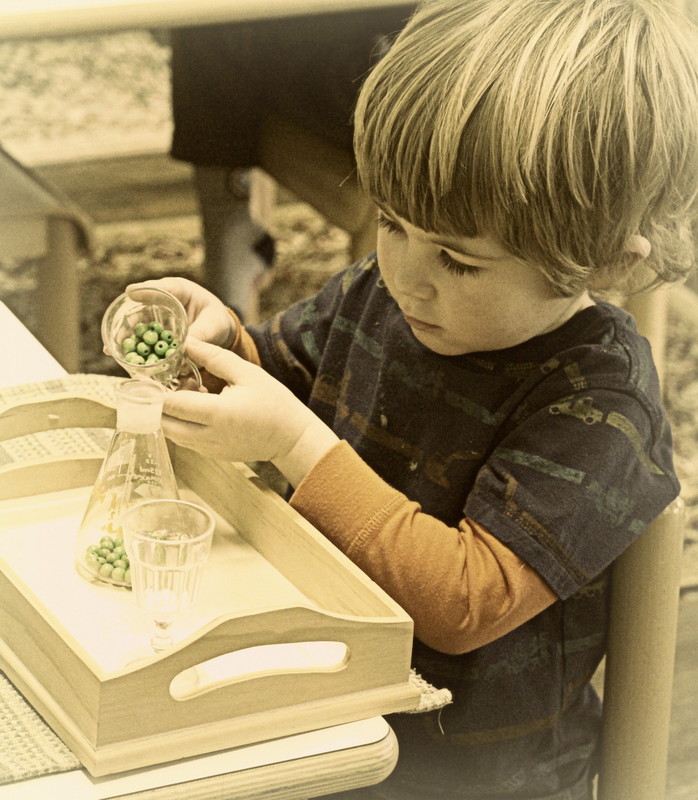









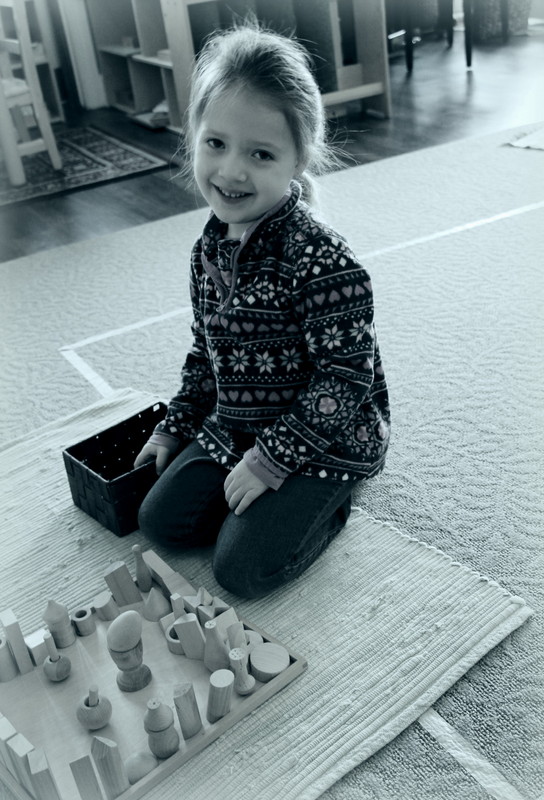
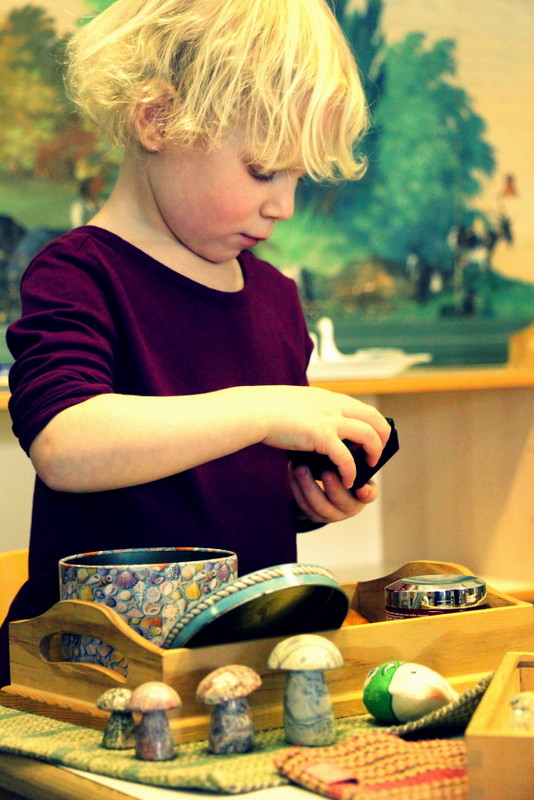
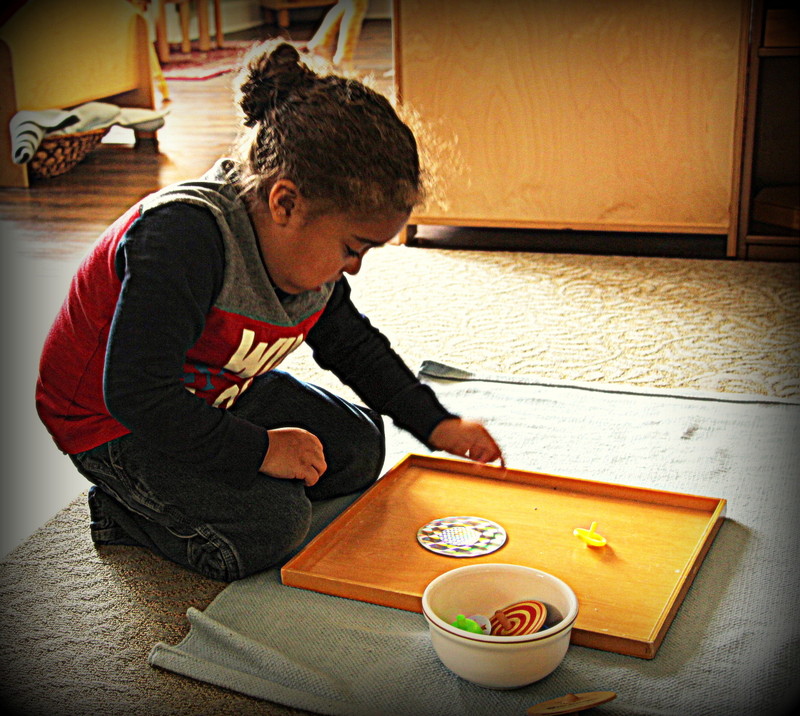



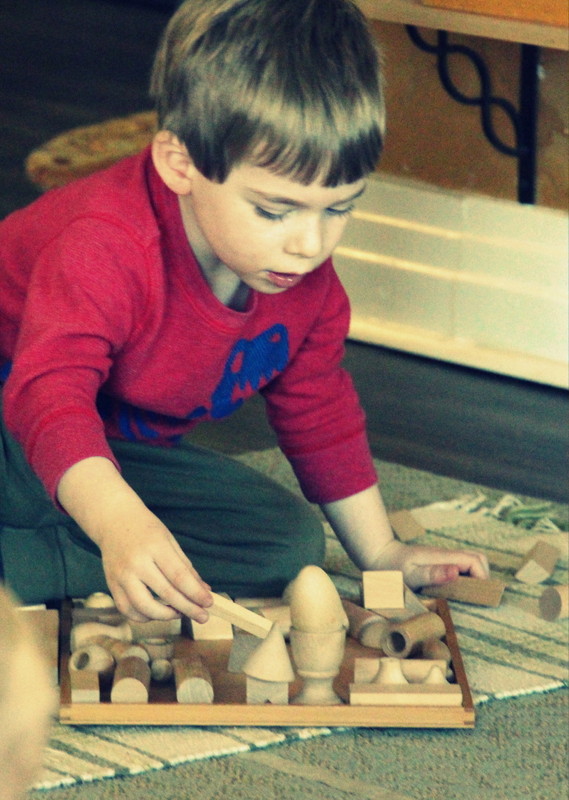




If it’s not said enough, thanks Ms. Angelique for all you do. You and Ms. Anisa are doing a wonderful job caring for and teaching our children. Thanks for having this blog and Always keeping us updated. You all are appreciated!
Thank you, Ayanna! So glad you’re happy with the way we do things here 🙂
Thanks Angelique for another wonderful blog post! It’s great to hear about all the things the kids are learning and see all the photos.
Much appreciated, Kerri. Thanks for checking in!
Fabulous! I love hearing about everything you all are doing.
So glad to hear. Thanks for commenting!
Thank you Angelique! I love seeing all the photos of the kiddos in action and hearing about what you all are working on! Walter does not like giving me a daily report of what’s going on at school! 😉
Yes, you are not alone with your child not giving you a daily report! Kids are usually caught up in their social lives at this age. It’s hard to reflect back to the morning after they’ve been playing with their friends at Wonderland, so I’m glad the photos can be helpful!
Great pics! Thanks so much, Angelique.
Glad you appreciate them, Shawn!
Great overview – thanks!
You’re welcome! Thanks for checking in.
Thanks the wonderful pictures and the amazing work you and Anisa and the rest of the staff are doing!
Glad you enjoyed the pictures, and we appreciate your support!
Thank you so much for the lovely pictures and the great work!
Thanks, Marisol, I appreciate it!
It’s so wonderful to get such a broad view of the different work the kids are engaged in every day. Wonderful photography! Thanks so much for sharing this post.
Thanks for saying so! I appreciate you taking the time to check in and learn about the classroom.